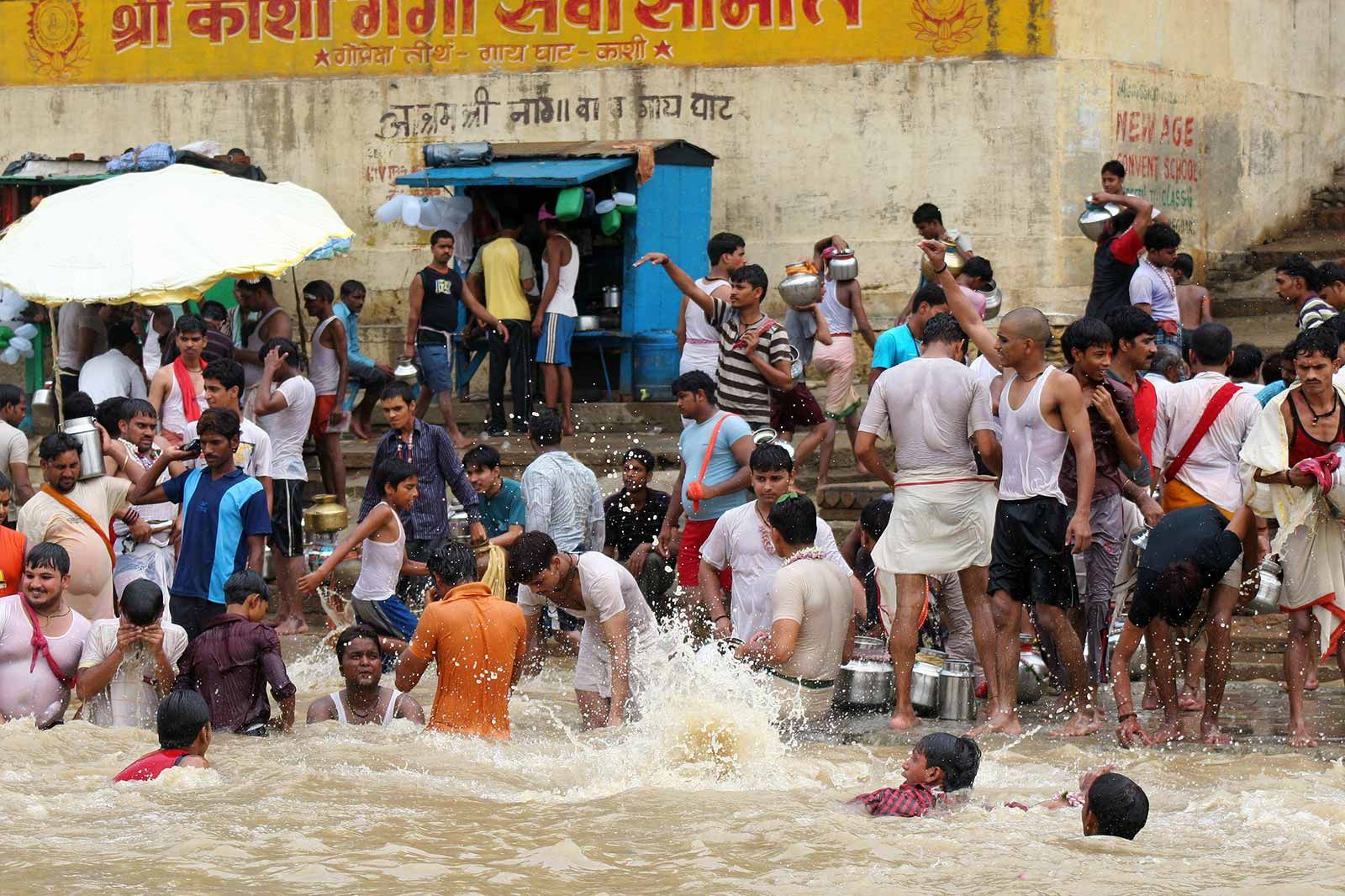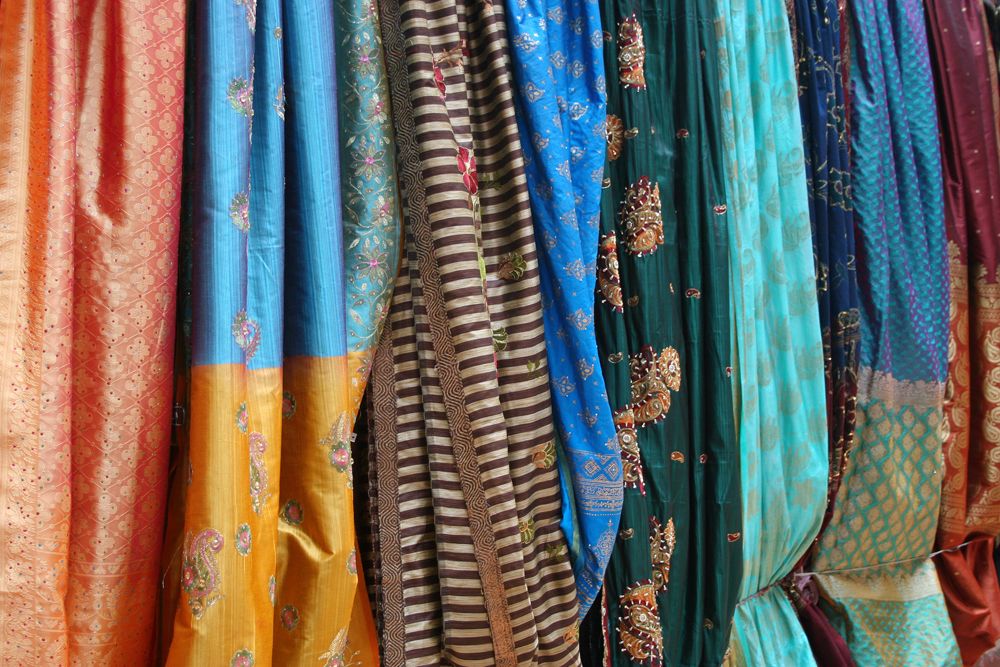Life ACROSS THE Ganges River
The Ganges or Ganga, may be the largest river in India. It’s 2.525 km long and crosses the complete country. The Ganges basin may be the most seriously populated river basin on earth, with over 400 million people. It’s probably the most sacred river to Hindus and is particularly a lifeline to an incredible number of Indians who reside along its training course and be determined by it because of their daily needs. Additionally it is probably the most amazing areas for a traveling photographer who would like to document the day-to-day Indian lifestyle.
Dead Bodies Floating In The Ganges River.
Room along its banking institutions is even more longed for right now of dying by Hindus than Varanasi. It’s the holiest invest Hinduism and often known as “the holy town of India“. Those people who are fortunate to die in Varanasi, are usually cremated on the banking institutions of the Ganges & granted quick salvation. You can find exceptions; women that are pregnant, children, holy individuals and folks who died from the snake bite aren’t cremated but are reduced into the river. Ultimately they will arrive at the top again … Everything may be holy in Varanasi but nobody bothers in case a dead entire body floats by … plus they float by frequently. That is something we have never ever noticed before but it’s nothing specific in India. We’d state: “dawn of the lifeless reality show every day from your own hotel terrace” … For some of you, these pictures of corpses may be too very much but this is actually the brutal actuality.
Pollution Of The Ganges River.
Unfortunately this means that there’s plenty of pollution: the Ganges river is suffering from extreme pollution ranges. Sewage from many metropolitan areas across the river’s course, commercial waste and spiritual offerings covered in non-degradable plastics include huge amounts of pollutants to the river since it flows through densely populated locations. The thing is that many the indegent depend on the river every day for bathing, cleaning, and cooking.
Individuals in Varanasi don’t appear to value the pollution of the Ganges – or at the very least usually they don’t possess a selection. As I stated before, for most the Ganges river may be the only possibility to have a shower. In addition Varanasi (already a town of thousands) is visited by plenty of pilgrims every year who need to have a holy dip in the Ganges. Only this town releases around 200 million litres of untreated individual sewage in to the river each time…
The swiftly relocating Ganges in Varanasi, especially in its higher reaches, in which a bather must grasp an anchored chain to be able to not be overly enthusiastic, is known as especially purifying.  The Ghats in Varanasi are usually always full with individuals, bathing, cleaning or praying. What the Ganges gets rid of, however, isn’t necessarily physical dust, but symbolic grime; it wipes apart the sins of the bather, not only of today’s, but of an eternity.
The Ghats in Varanasi are usually always full with individuals, bathing, cleaning or praying. What the Ganges gets rid of, however, isn’t necessarily physical dust, but symbolic grime; it wipes apart the sins of the bather, not only of today’s, but of an eternity. 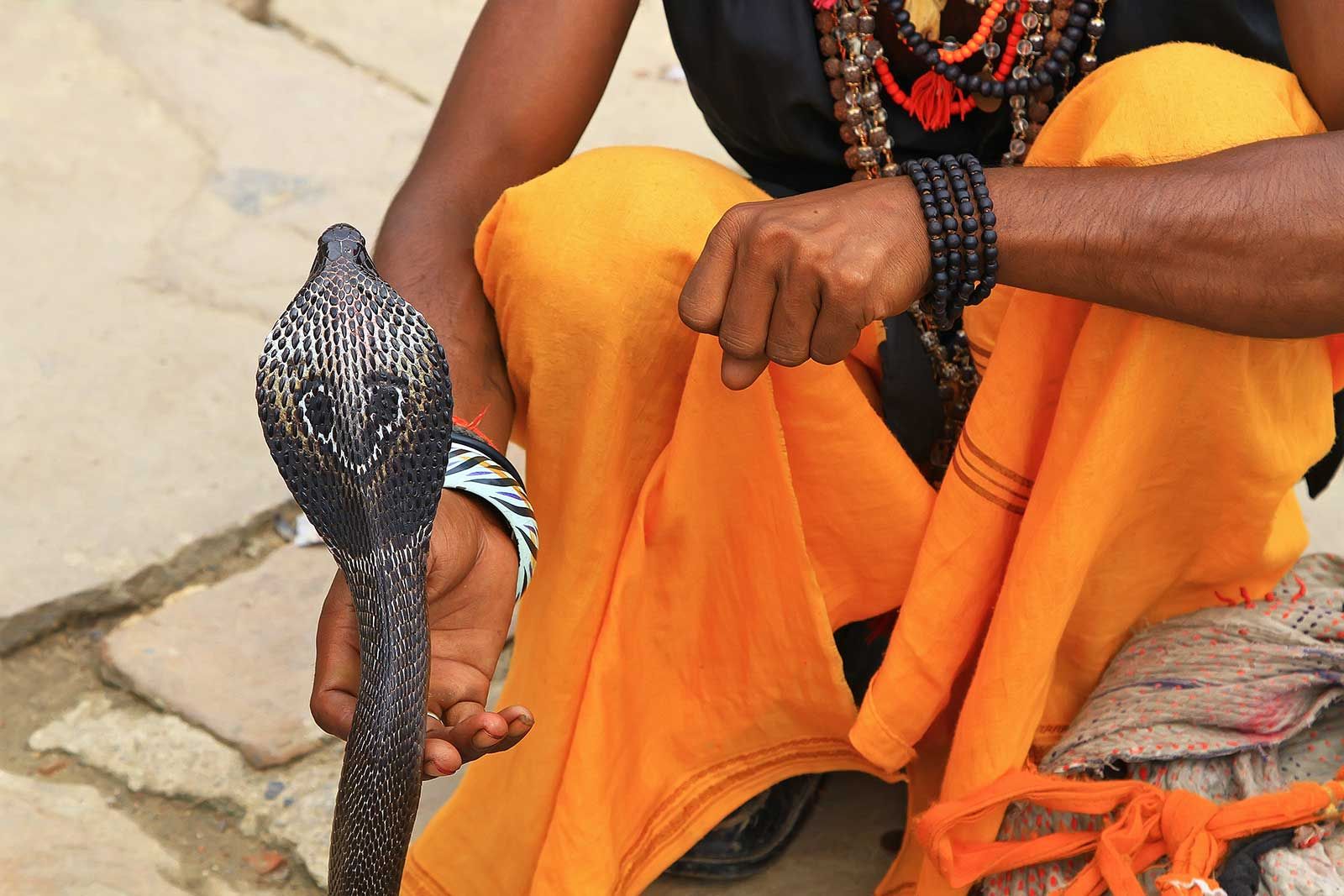 A snake charmer using an Indian Cobra in Varanasi. Snake charming may be the exercise of pretending to hypnotise a snake by enjoying an instrument known as “pungi”. Although snakes have the ability to sense sound, they absence the outer hearing that could enable them to listen to the songs. They follow the pungi that the snake charmer retains making use of their heads. The snake considers the individual and pungi a threat and responds to it as though it had been a predator.
A snake charmer using an Indian Cobra in Varanasi. Snake charming may be the exercise of pretending to hypnotise a snake by enjoying an instrument known as “pungi”. Although snakes have the ability to sense sound, they absence the outer hearing that could enable them to listen to the songs. They follow the pungi that the snake charmer retains making use of their heads. The snake considers the individual and pungi a threat and responds to it as though it had been a predator. 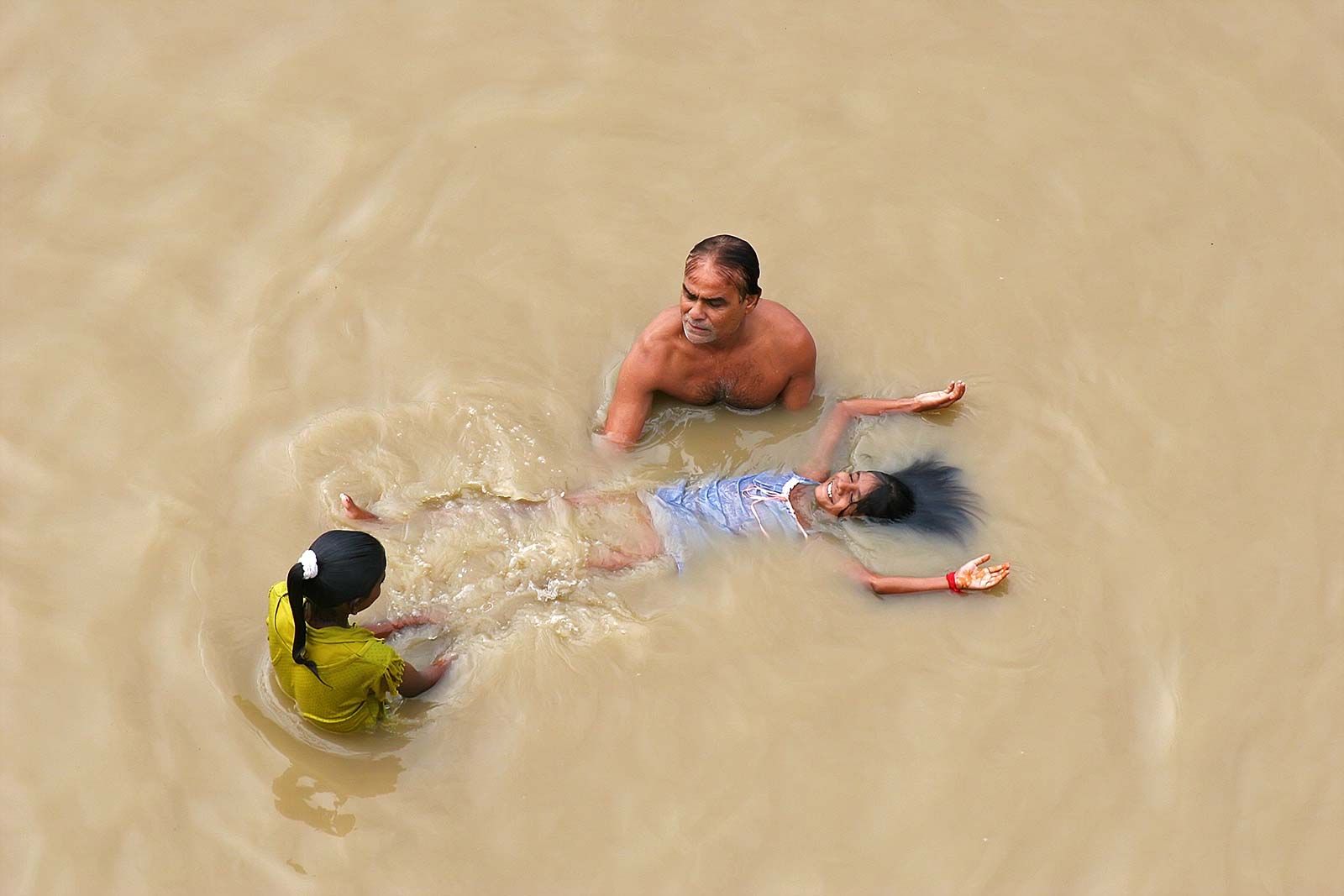 Family enjoyable in the Ganges river. Hindus think about the waters of the Ganges to end up being both genuine and purifying. Nothing at all reclaims order from condition a lot more than the waters of the Ganges.
Family enjoyable in the Ganges river. Hindus think about the waters of the Ganges to end up being both genuine and purifying. Nothing at all reclaims order from condition a lot more than the waters of the Ganges. 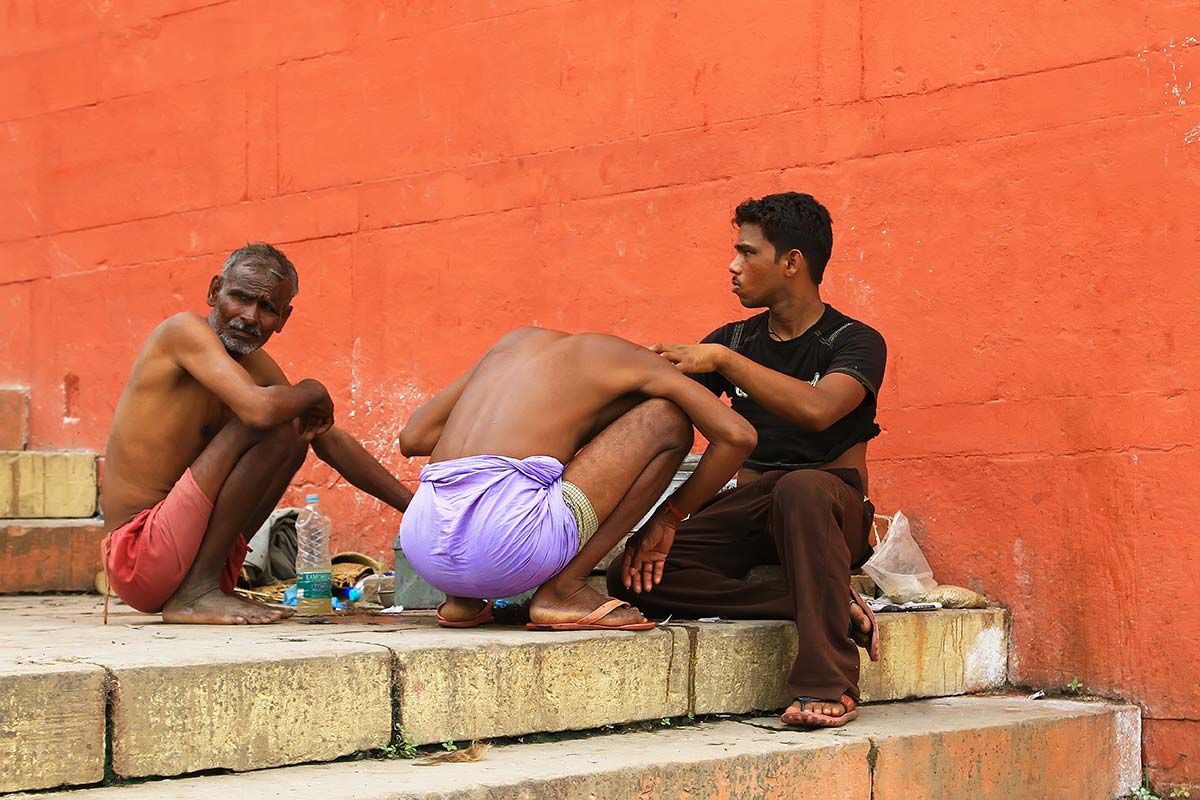 Guy shaving his curly hair on the Ghats before going for a “holy dip” in the Ganges. Shaving the top before going to the Ganges is considered to provide spiritual purification.
Guy shaving his curly hair on the Ghats before going for a “holy dip” in the Ganges. Shaving the top before going to the Ganges is considered to provide spiritual purification. 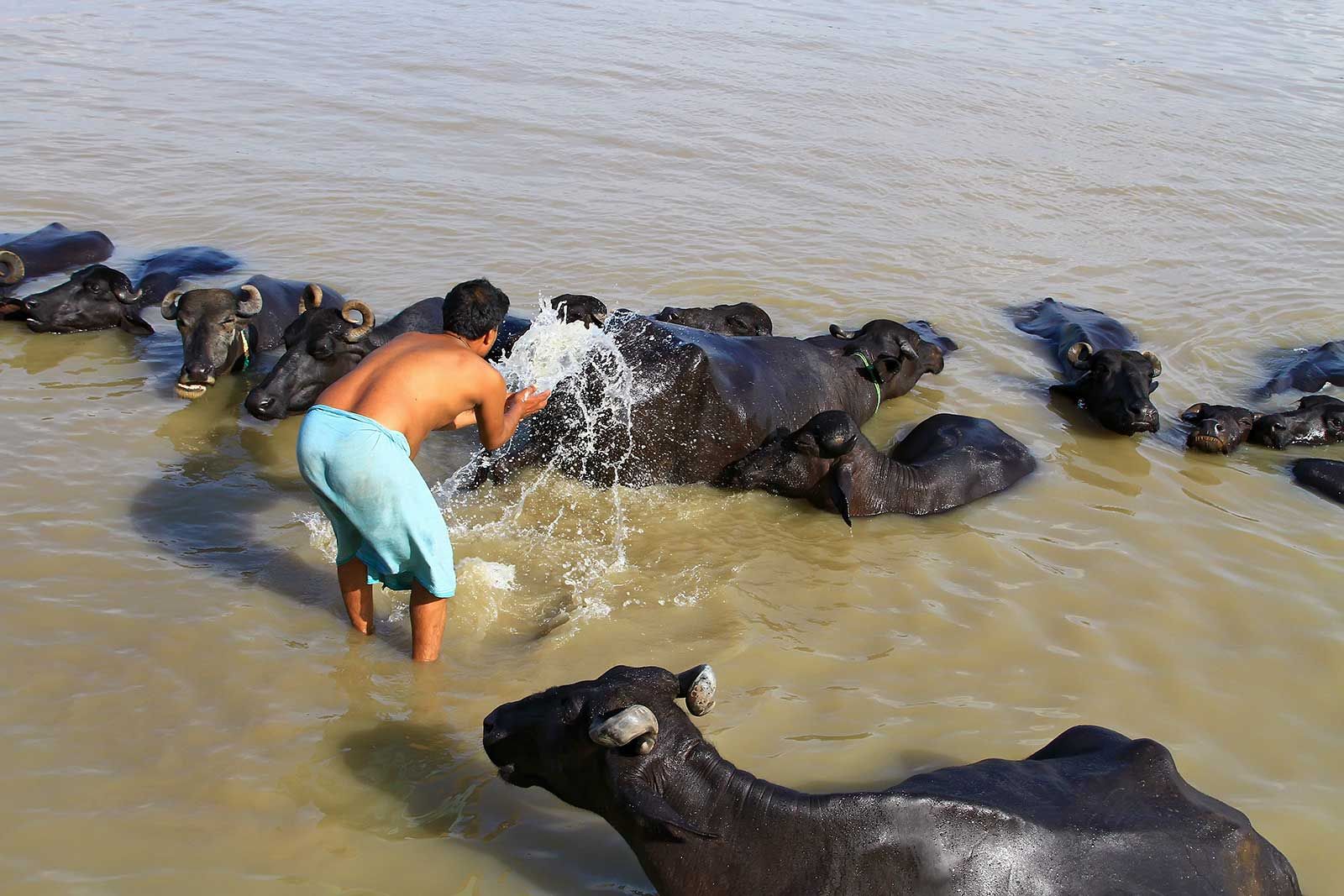 A guy cleaning his buffaloes in the Ganges in Varanasi, India.
A guy cleaning his buffaloes in the Ganges in Varanasi, India. 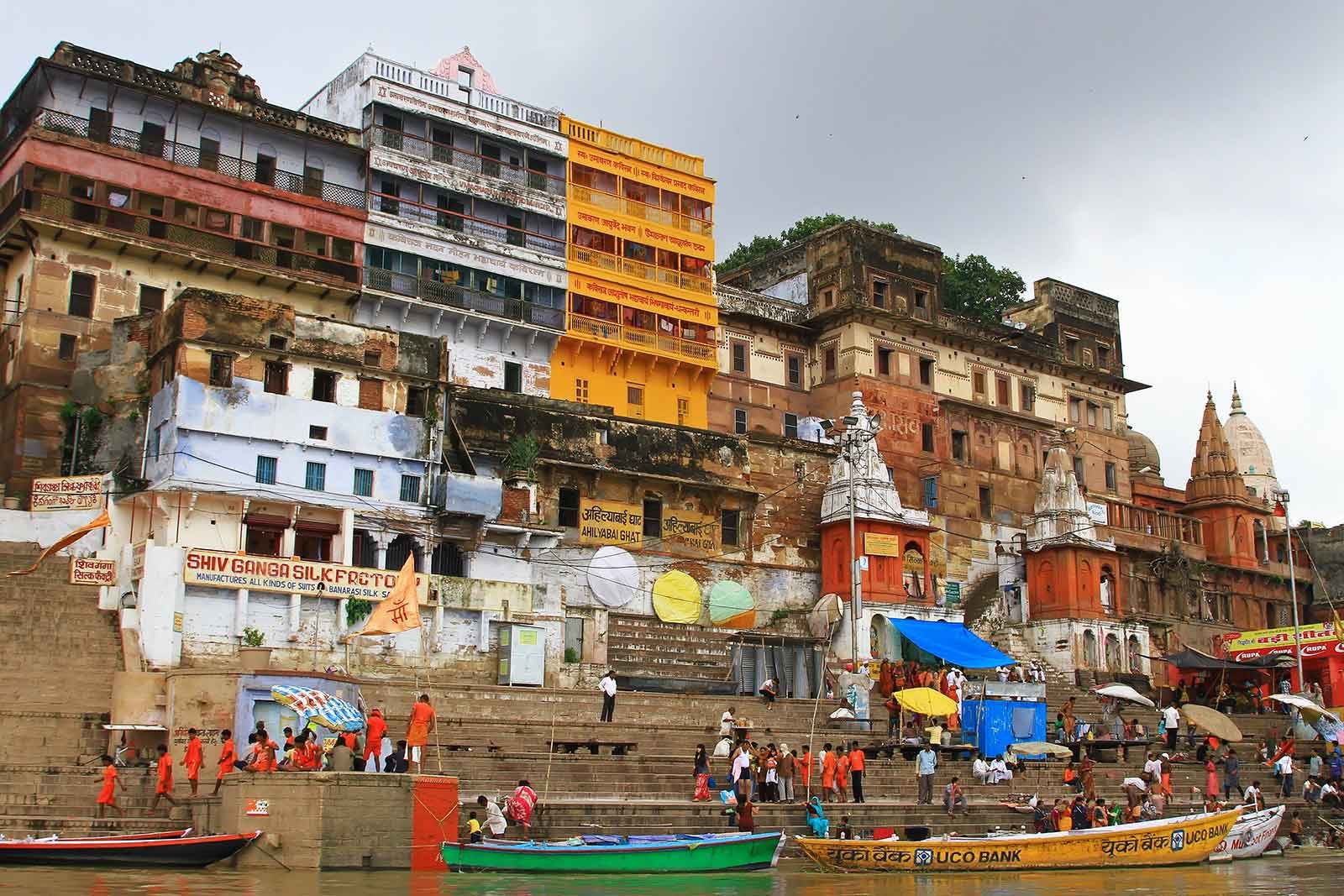 The older town of Varanasi extends about two kilometres back again from the river and is really a maze of alleyways and roads. The view from the boat floating across the Ganges river will be breathtaking.
The older town of Varanasi extends about two kilometres back again from the river and is really a maze of alleyways and roads. The view from the boat floating across the Ganges river will be breathtaking. 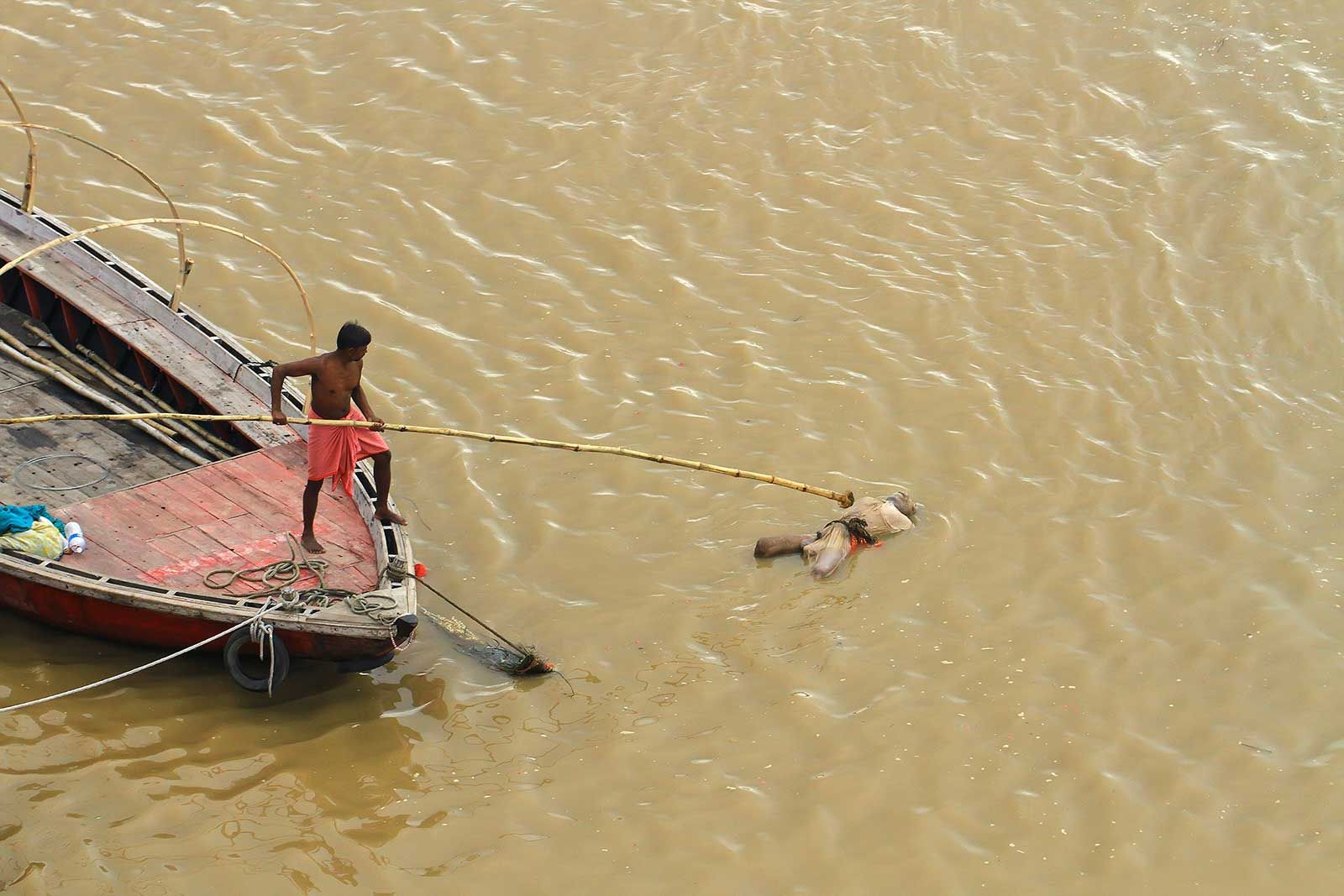 A lifeless entire body floating in the Ganges river in Varanasi. Room along the banking institutions of the Ganges river is usually more longed for right now of loss of life by Hindus than Varanasi, the fantastic Cremation Ground. Those people who are fortunate to die in Varanasi, are usually cremated on the banking institutions of the Ganges, and so are granted quick salvation. If the passing away has occurred somewhere else, salvation may be accomplished by immersing the ashes in the Ganges.
A lifeless entire body floating in the Ganges river in Varanasi. Room along the banking institutions of the Ganges river is usually more longed for right now of loss of life by Hindus than Varanasi, the fantastic Cremation Ground. Those people who are fortunate to die in Varanasi, are usually cremated on the banking institutions of the Ganges, and so are granted quick salvation. If the passing away has occurred somewhere else, salvation may be accomplished by immersing the ashes in the Ganges. 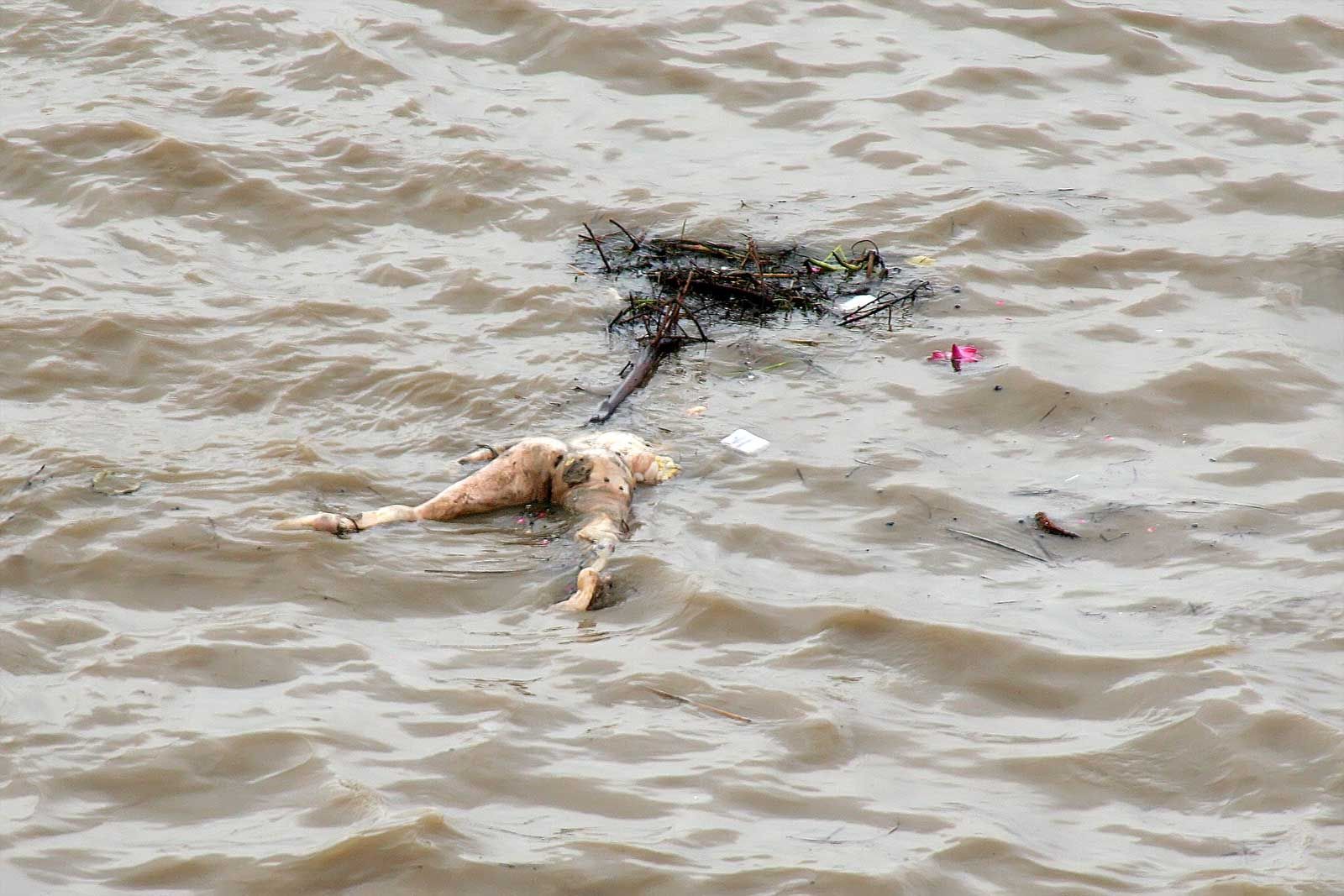 If the ashes have already been immersed in another entire body of water, a member of family can still get salvation for the deceased by journeying to the Ganges, when possible through the lunar “fortnight of the ancestors” in the Hindu thirty day period of Ashwin (September or October).
If the ashes have already been immersed in another entire body of water, a member of family can still get salvation for the deceased by journeying to the Ganges, when possible through the lunar “fortnight of the ancestors” in the Hindu thirty day period of Ashwin (September or October). 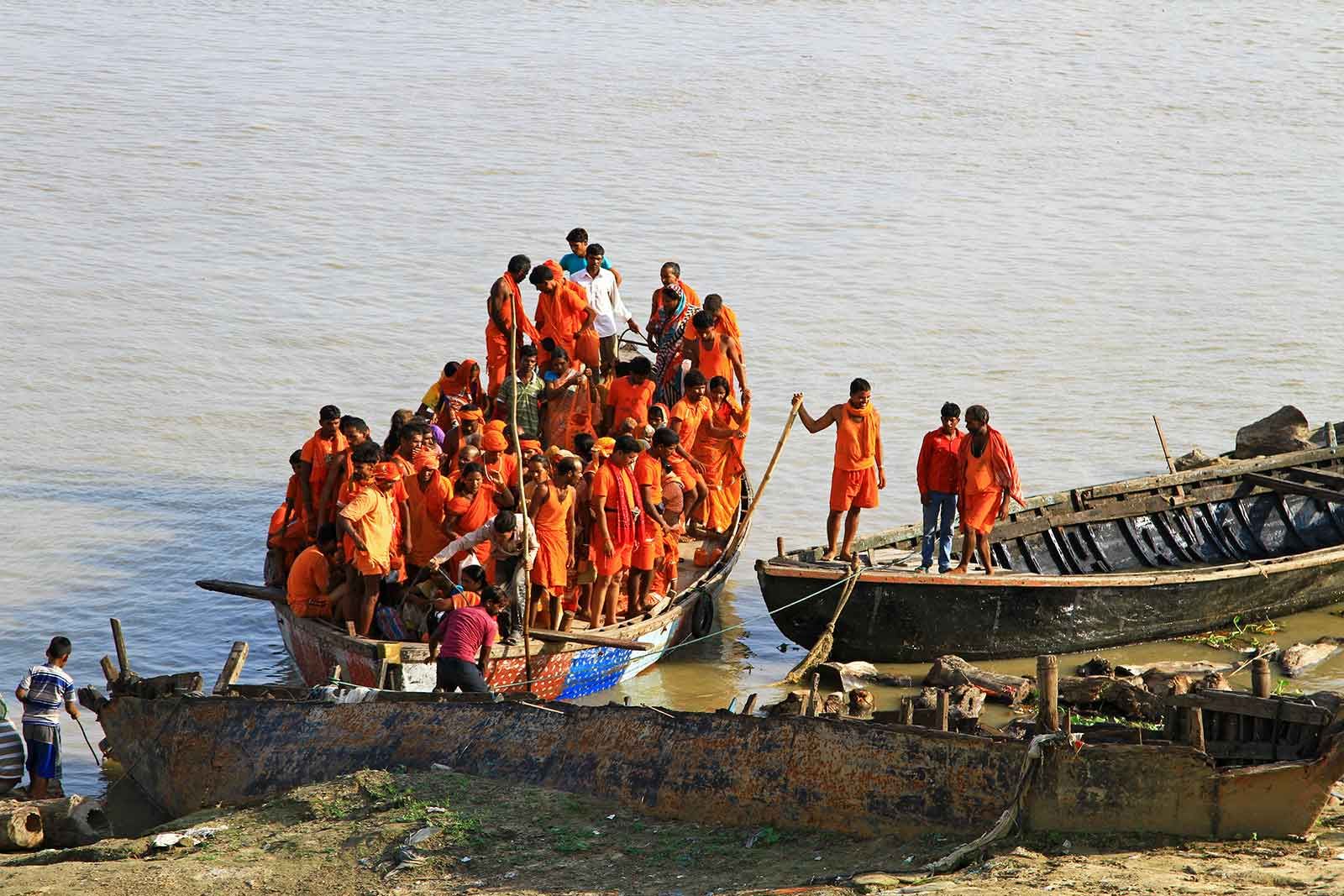 In Hinduism, the river Ganges is known as sacred and will be personified as a goddess referred to as Ganga. It really is worshipped by Hindus who think that bathing in the river leads to the remission of sins and liberation from the routine of life and demise. Pilgrims travel lengthy distances to immerse the ashes of these kin in the valuable drinking water of the Ganges.
In Hinduism, the river Ganges is known as sacred and will be personified as a goddess referred to as Ganga. It really is worshipped by Hindus who think that bathing in the river leads to the remission of sins and liberation from the routine of life and demise. Pilgrims travel lengthy distances to immerse the ashes of these kin in the valuable drinking water of the Ganges.
